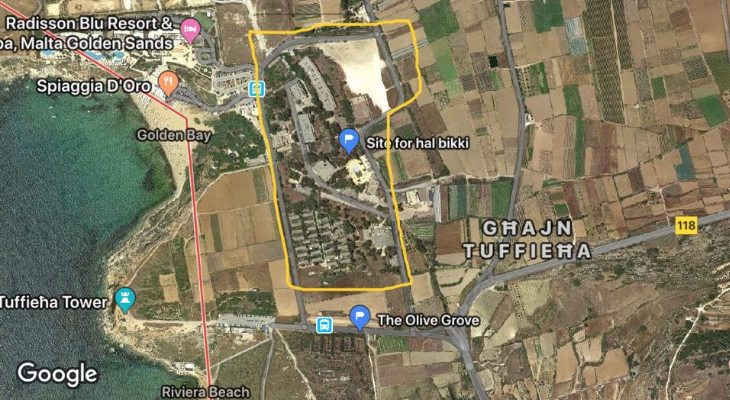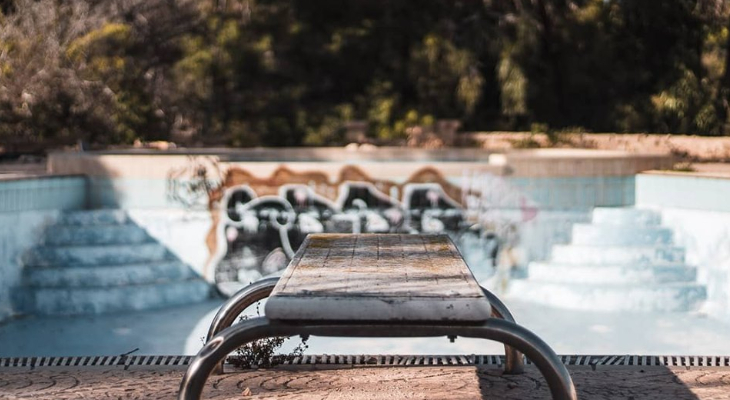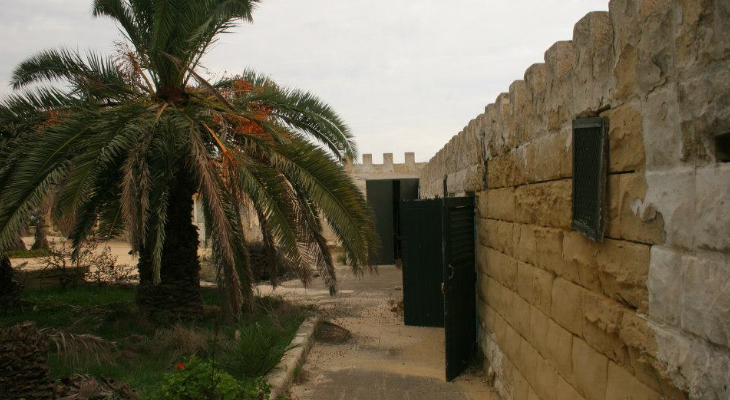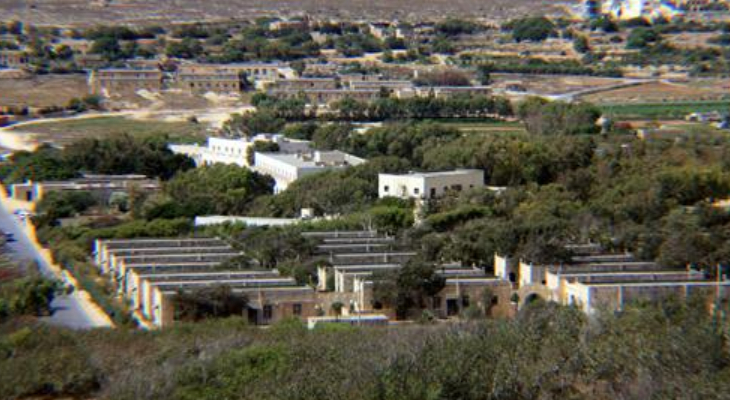The original application has been renewed.
The Hal-Ferh development permit to renew the development of the former holiday complex into a tourism hub has been approved by the Planning Authority. The applicant’s architect, Perit David Xuereb, explained that the original 2014 application hasn’t changed.

Google Maps via Arnold Cassola
The Hal-Ferh site
Hal-Ferh is located in the coastal and rural area in the Pwales Valley, lying east of the popular Golden Bay sandy beach and the Radisson SAS Golden Sands Resort.
The site includes the southern part of the British military complex known as Lower Camp, which was converted into the popular Hal-Ferh Holiday Complex back in the 1970s and 1980s. Now, the area is mostly taken up by barracks and modern buildings, mature trees in the surrounding areas, dense vegetation and derelict areas with little greenery.

Urbex_Malta / Facebook
The development
The application’s development will be of a touristic nature, which will see the building of a holiday resort and will include a total of 228 units and other facilities, namely a restaurant, small convenience shop, pools and bars, spa and underground parking area including 293 spaces.
Most units will be one to two storeys high and the entire development take the form of a ribbon, encircling an open area. Smaller private pavilions, the spa and pool facilities will be located in the extensive area of landscaping. A running track will also be available, placed on the roofs of the outer units.

Stephen Xuereb Archer / Facebook
Historical value
Years ago, the Superintendance of Cultural Heritage had analysed a number of buildings in the area and found that a number of them didn’t have heritage or cultural value that was worth preserving at the time. The chapel within the redevelopment project will be retained, restored and integrated within the new tourist hub.

Dieter Achtelstetter via Frank O'neill / Facebook
The development report stated that any existing trees that need to be removed will be transplanted. “Alien/invasive species existing on site should be replaced with appropriate indigenous species,” the report read.